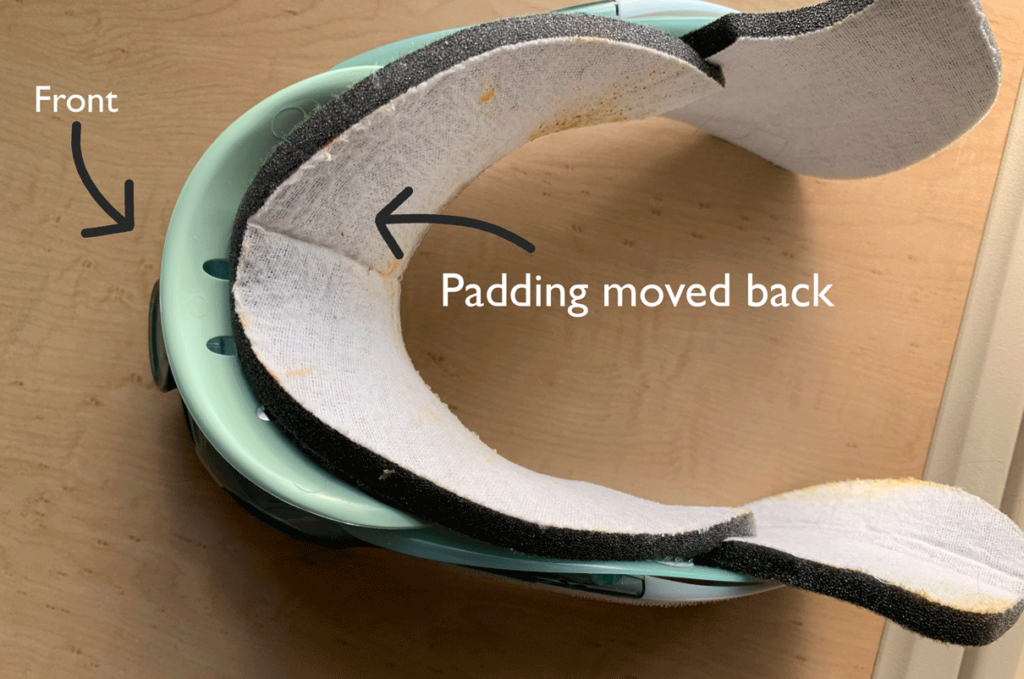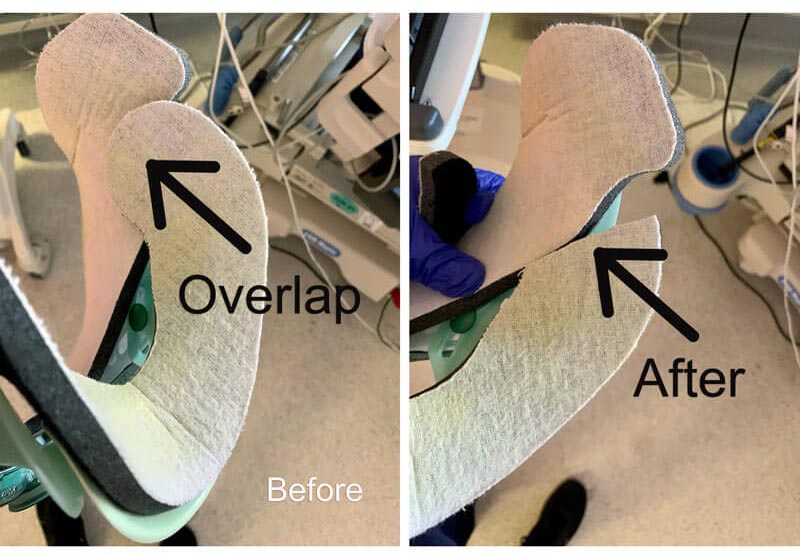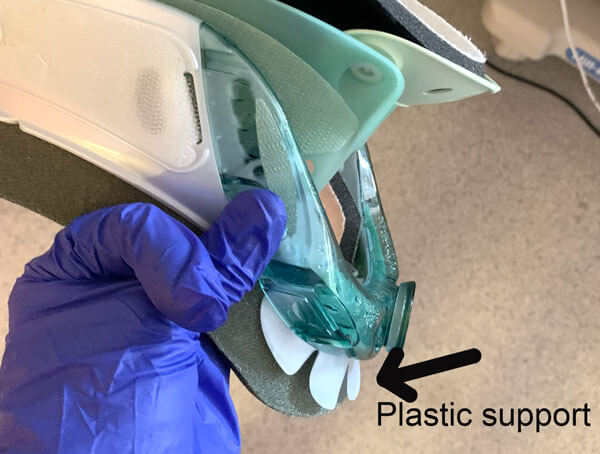Over the years, I’ve worked with hundreds of patients dealing with pain after wearing a neck brace. The most common complaints I hear are related to discomfort and poor fit.
So how do you make a neck brace more comfortable?
Most neck braces can be made more comfortable by making adjustments to the angle of the chin. If that doesn’t work, the easiest solution is to change the position of the padding or modifying the brace by cutting the pads.
In this article, I’ll explain how to make simple adjustments and modifications to improve neck brace comfort.
If you want to know how to shower with a neck brace, click the link below.
How to shower with a neck brace?
Are Neck braces supposed to be uncomfortable?
Neck braces may be uncomfortable but should not cause pain. If you have postural problems or difficulty keeping your head in a neutral position, your brace may be more uncomfortable.
Most neck braces are for patients who are able to keep their head and neck in a neutral position. If you are having discomfort from wearing a neck brace for any reason, try these tips below to adjust or modify your brace for a better fit.
How to adjust your neck brace
Most neck braces (Aspen collar) have a dial in the center for increasing or decreasing the angle of the head. With a turn of a dial, you can tilt your head forward or backward.
Unfortunately, this doesn’t usually fix the problem. If you need further modification, you will need to reposition and cut the padding.
How to Modify a neck brace for comfort
Materials
- Scissors
- Replacement pads
- Foam dressing
1. Check the size of the brace
First, it’s important the aspen collar is the correct size. If it’s too small or large, it can cause discomfort and poor alignment. It can also overlap.
2. Adjust Velcro padding for a better fit
The Velcro padding needs to be adjusted, so the brace is fitted correctly and doesn’t overlap.
You can adjust the padding under the chin or on the chest. If the chin is sunken into the brace, move the padding toward the neck and cut excess padding as needed. (See image below)

3. Cut padding and brace if a better fit is needed
If any of the pads overlap, cut the excess padding for a better fit. You can always order more padding if needed.

If the brace is too high, try cutting the plastic support on the bottom of the brace. (See image below)

4. Change out the padding regularly or wash it by hand.
After eating, drinking, and oral hygiene, your padding will get dirty. Wash or replace your pads frequently.
5. Place a Foam dressing under chest padding for comfort.
The padding on the pt’s chest can be uncomfortable and cause skin irriation over time. Place a foam dressing under the padding for increased comfort.
What’s the most comfortable neck brace
If you have a major surgery or unstable fracture, you most likely will use an aspen collar, but you should always use the brace recommended by your doctor.
Aspen collars are some of the best braces to keep the neck in a fixed position, but they aren’t the most comfortable.
Soft collars are usually more comfortable but don’t provide as much support. If you want a more comfortable neck brace, always check with your doctor first.
Conclusion
Neck braces can be uncomfortable for a variety of reasons. Over time, they may increase muscle fatigue due to restricted movement. In most cases, a few simple adjustments and modifications will make wearing a neck brace much more tolerable.
I hope this was helpful. Consider subscribing below to learn more occupational therapy tips.

David is the lead editor of OT Focus. He has been practicing as an Occupational Therapist since 2013. He specializes in acute care, hand therapy, and ergonomics.




